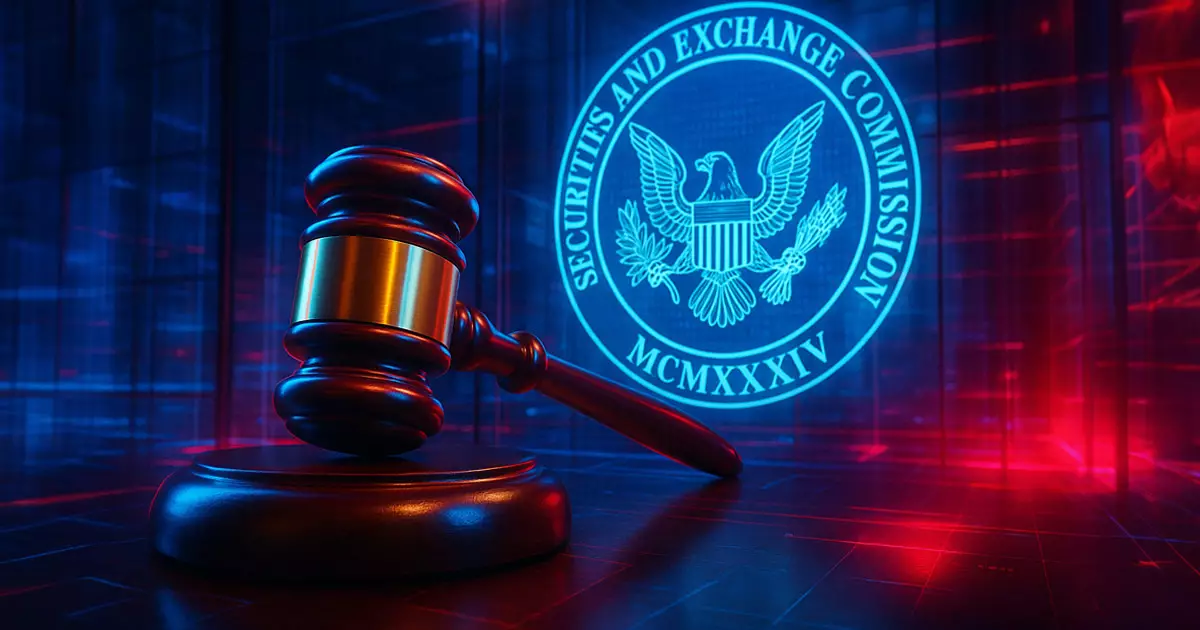In the rapidly evolving world of decentralized finance (DeFi), the need for a regulatory framework that respects innovation while ensuring consumer protection has never been more pressing. On April 18, the DeFi Education Fund (DEF) proposed a set of five guiding principles to the Securities and Exchange Commission (SEC) aimed at establishing a “token safe harbor.” This initiative comes as both a response to increasing regulatory scrutiny and as a visionary plan to support the ongoing development of DeFi initiatives. Unlike traditional financial systems shackled by entrenched regulatory frameworks, the DEF’s approach aligns with a center-right perspective that prioritizes innovation and entrepreneurial freedom over excessive oversight.
Fostering Innovation Through Technology-Agnostic Regulations
One of the more significant recommendations in the DEF’s proposal is the emphasis on a technology-agnostic approach. This is revolutionary in a regulatory environment often swayed by favoritism towards certain technologies or blockchain models. The DEF warns that if the SEC inadvertently pushes forward specific consensus mechanisms or architectural designs, it could end up stifling the very innovation it aims to safeguard. Instead of creating regulatory bottlenecks by privileging established technologies, the focus should be on the risks and benefits inherent in the activities of projects. This adaptive framework offers a breath of fresh air, granting creators the leeway to innovate while still maintaining a level of accountability.
Inclusive Eligibility Standards for Token Projects
Eligibility standards for the proposed safe harbor are also designed to be broad and inclusive. This aspect strikes a chord with those who see the value in welcoming a diverse range of projects that aim for decentralization. The DEF advocates for allowing tokens that have already been distributed to fall under this exemption, provided they exhibit clear intentions toward decentralization. This progressive stance fosters inclusivity for innovators who may have launched their projects before any regulatory clarity existed. Narrow eligibility criteria stifle growth in the burgeoning DeFi space, making it crucial to take a forward-thinking approach that accommodates prior ventures while paving the way for future compliance.
Smart Disclosure Requirements for Real-World Challenges
The DEF’s suggestions regarding disclosure requirements underscore a pragmatic balance between the need for transparency and the operational realities faced by nascent projects. New DeFi ventures often grapple with limited resources, making an overwhelming set of disclosure obligations impractical. By proposing disclosures concentrated on critical aspects—like source code transparency, governance structures, and development roadmaps—definitional burdens are alleviated. Additionally, paving the way for more streamlined compliance mechanisms through modern technology, such as blockchain automation and API connectivity, emphasizes that adaptability can coexist with accountability in regulation.
The Need for an Exit Test: Defining Decentralization
One of the cornerstone concepts introduced in the DEF’s proposal is the “Exit Test,” a benchmark that defines when a project has sufficiently decentralized to no longer be deemed a security under U.S. law. This innovative regulatory concept champions transparency and user empowerment, emphasizing that decentralized systems must relinquish centralized control and allow users to manage their assets freely. For a regulatory framework to be successful, it needs to provide distinct criteria for projects to achieve this level of decentralization, which includes solid benchmarks and a realistic timeframe of three to four years. If projects fail to meet these criteria by the end of this window, they’s allowed to apply for an extension, incentivizing genuine efforts toward decentralization.
Protecting Investors and Encouraging Market Participation
Further safeguarding measures laid out by the DEF involve protections for secondary market participants, emphasizing the necessity of not burdening intermediaries like digital asset exchanges with unnecessary registration. This approach could significantly reduce legal uncertainties while fostering a more inclusive decentralized marketplace. While regulations must protect consumers, allowing flexibility for traders and platforms involved in the exchange of tokens can enhance both liquidity and participation in DeFi markets. Such a balanced approach speaks to a moderate, center-right vision of regulation—one that prioritizes economic participation without curtailing innovation.
Ultimately, while the DEF supports interim regulatory measures like a token safe harbor, it calls for Congress to initiate a more comprehensive legislative framework for digital assets. This dual focus on short-term solutions and long-term statutes reflects a realistic understanding of the complex landscape of cryptocurrencies. Only through concerted efforts to provide legal clarity can the sector hope to continue the innovative momentum it has achieved, ultimately securing investor confidence and sustainable growth in the DeFi space.


















